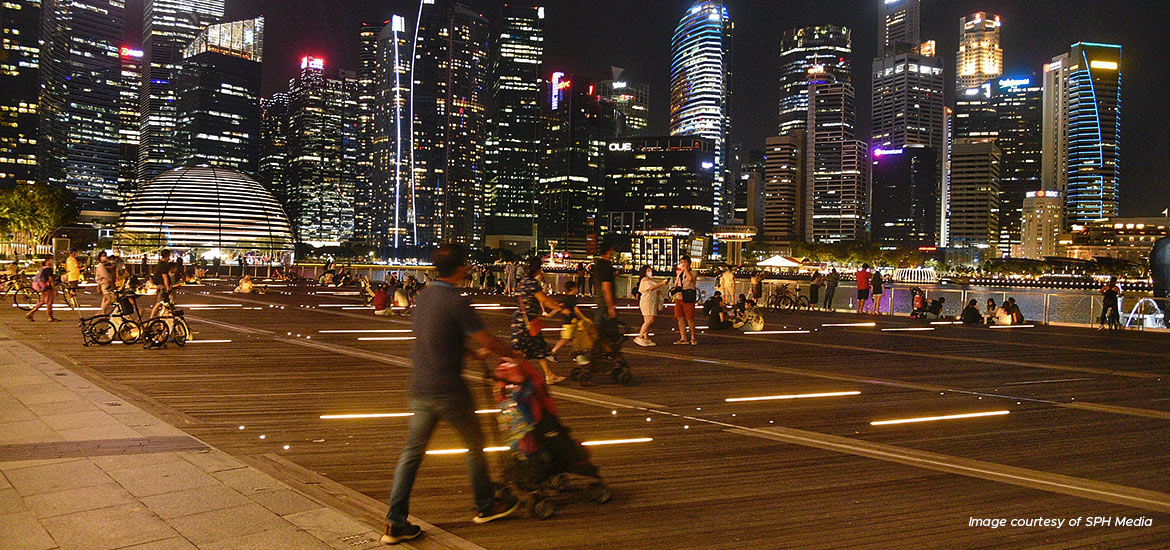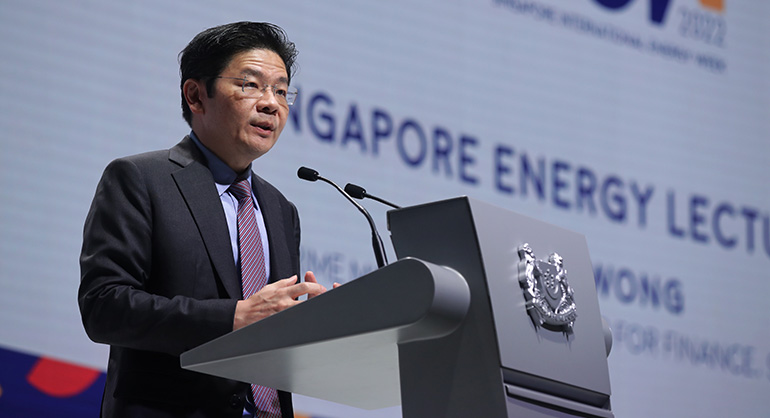Low-carbon hydrogen could supply up to half of Singapore's power needs by 2050, and play a key role in helping the Republic achieve net-zero emissions by mid-century.
Hydrogen can be used as a low-carbon fuel or feedstock, releasing little to no greenhouse gas when burned. When produced through the electrolysis of water using renewable energy, hydrogen could have close to zero emissions.
Delivering the Singapore Energy Lecture at the start of the Singapore International Energy Week on Tuesday, Deputy Prime Minister Lawrence Wong said that low-carbon hydrogen is being seen as an increasingly promising solution.
"While the technology and supply chains are still nascent, momentum has picked up substantially in recent years. Global investment in low-carbon hydrogen has increased exponentially, backed by policies from countries around the world to accelerate its production and usage," Mr Wong said.
There is now a growing pipeline of production projects worldwide, and key technologies being trialled are expected to become commercially available in the coming years, he noted.
As a result, these developments have given the authorities confidence that low-carbon hydrogen can be the "next frontier" in domestic efforts to reduce Singapore's emissions, alongside other renewable energy sources domestically, such as solar power, and electricity imports.










